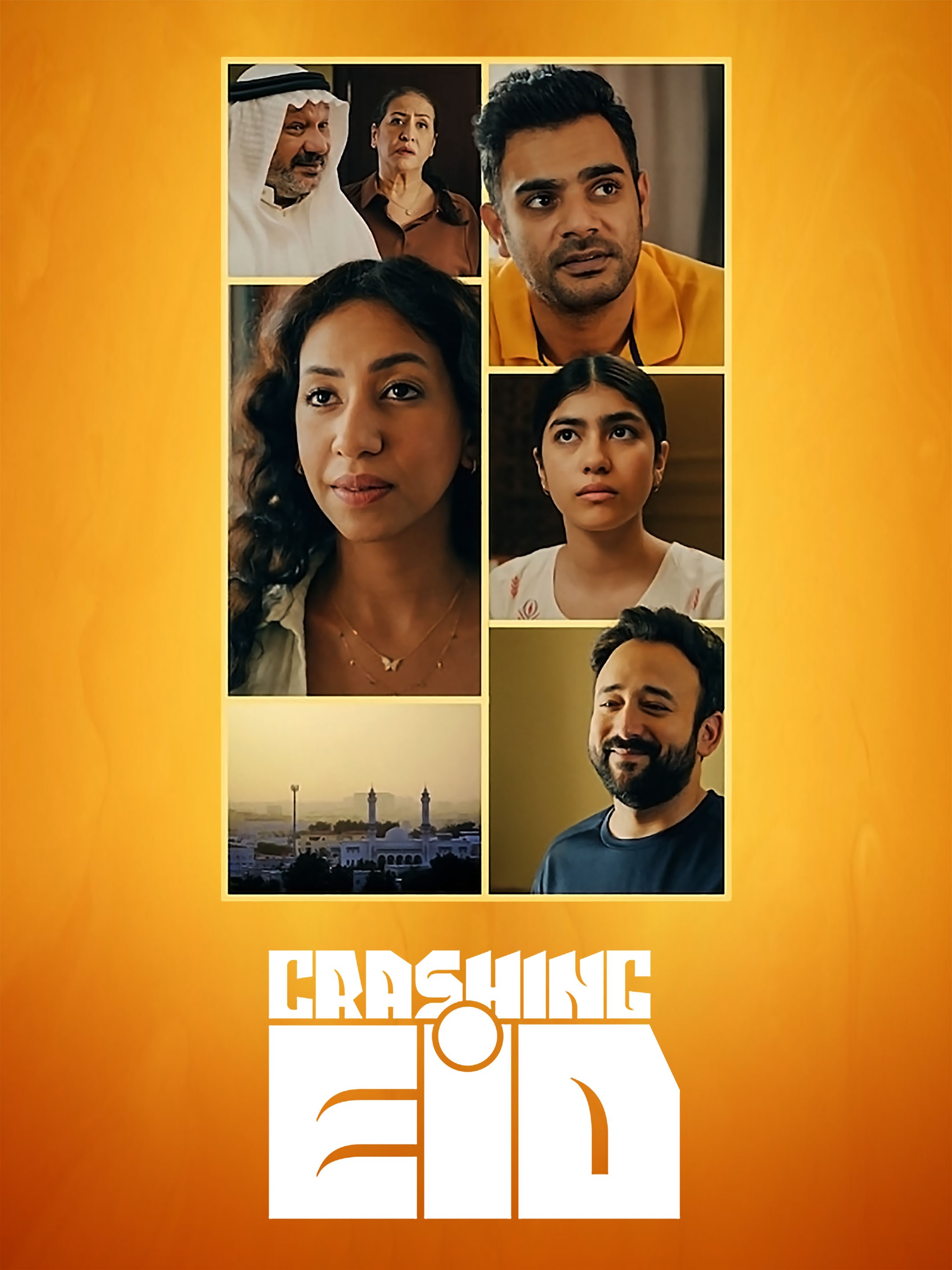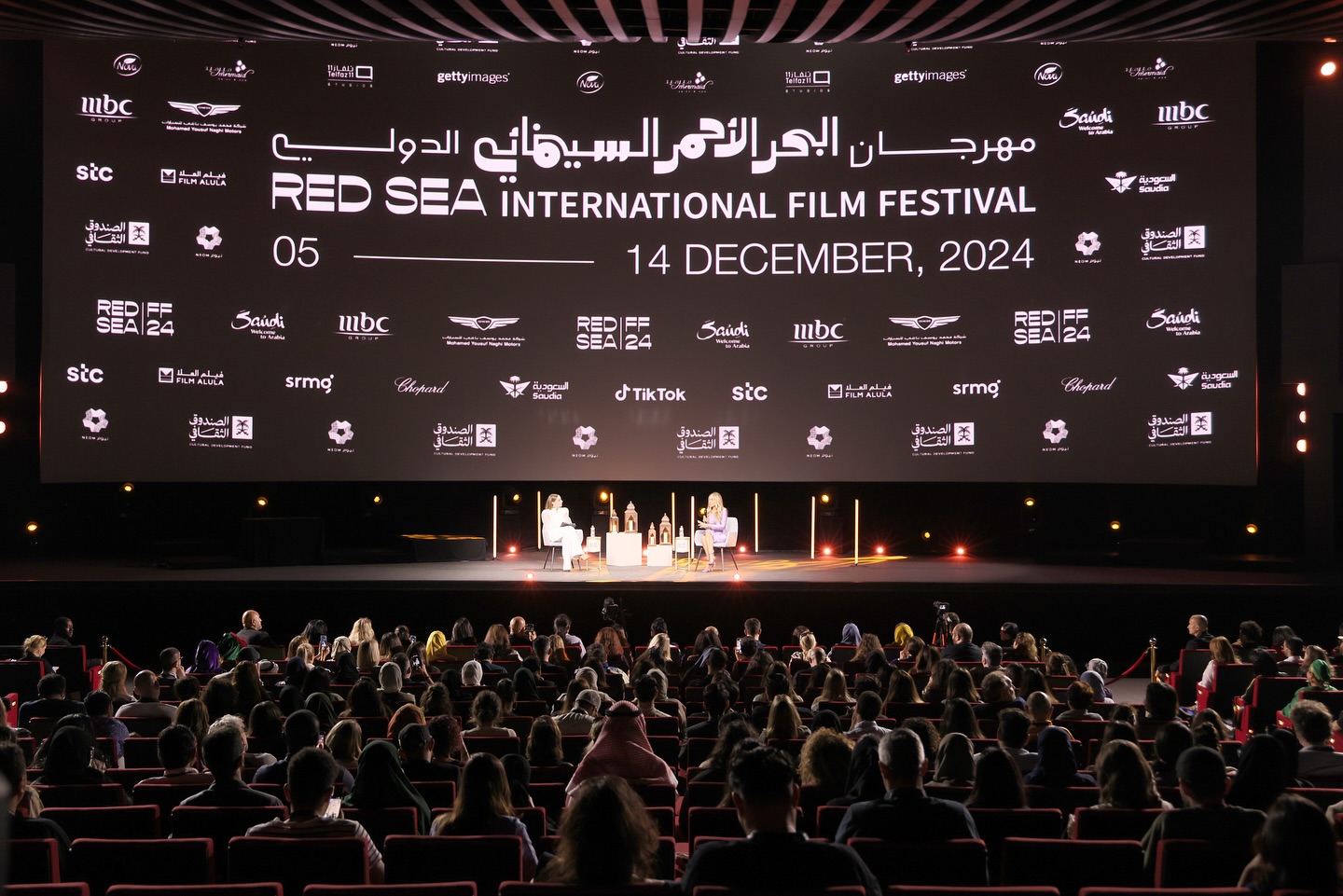Saudi Arabia’s cinematic journey has been nothing short of extraordinary. From decades of restrictions to a thriving industry celebrated internationally, the evolution of Saudi cinema reflects the country’s cultural renaissance and its embrace of modernity.
Here is a look at how Saudi Arabia transitioned from banning public cinemas to becoming a rising star in the global film industry.
The Era of Silence: Cinema Ban (1980s – 2018)
Public cinemas were banned in Saudi Arabia in the early 1980s due to cultural and religious considerations. For decades, the cinematic experience was relegated to private screenings or trips abroad, leaving a gap in the country’s artistic landscape. Despite this, Saudi filmmakers continued to tell stories through independent productions, often facing significant challenges in distribution and recognition.
During this period, Saudi talent began to gain attention internationally. Directors like Haifaa Al-Mansour emerged, breaking barriers with her acclaimed film Wadjda (2012), the first feature-length movie to be shot entirely in Saudi Arabia and the first of its kind made by a female Saudi director. Her work highlighted the potential of Saudi cinema even in the absence of a domestic infrastructure.
The Rebirth: Lifting the Ban (2018)
In April 2018, Saudi Arabia officially lifted its 35-year ban on public cinemas, marking a historic moment for the kingdom. The move was part of Crown Prince Mohammed bin Salman’s Vision 2030 initiative, aimed at diversifying the economy and modernizing the nation.
Vision 2030 aims to position Saudi Arabia as a hub for filmmaking in the Middle East, with ambitious plans to build studios, train local talent, and increase film production.
The opening of the first AMC cinema in Riyadh symbolized a new era for Saudi Arabia, where cinema became a tool for cultural expression and economic growth.
The Boom: Building an Industry (2018 – Present)
Since the ban was lifted, the Saudi film industry has grown exponentially. Major international film chains like AMC, VOX, and MUVI quickly established a presence, and local filmmakers began producing more content than ever before. The government has heavily invested in the industry, with organizations like the Saudi Film Commission and the Red Sea Film Festival playing pivotal roles in fostering talent and promoting Saudi films globally.
Today, Saudi Arabia leads the Middle East and North Africa in market size, revenue per user and growth rate. In 2024, Saudi Arabia’s projected market volume was USD 100 million, in comparison to the UAE’s USD 37 million and Egypt’s USD 12 million. Between 2018 and 2019, more than 54 million tickets were sold across Saudi Arabia, generating USD 800 million.
As the industry continues to grow, Saudi stories are set to captivate audiences worldwide, breaking barriers and redefining perceptions.
Key Milestones in the Boom Era:
- Red Sea International Film Festival: Launched in 2019, this festival has become a major platform for showcasing Saudi and regional talent, attracting filmmakers, actors, and producers from around the world. The latest edition of the Red Sea International Film Festival attracted the likes of Viola Davis, Andrew Garfield, Emily Blunt, Mona Zaki, Kareena Kapoor, Spike Lee, Eva Longoria, Yosra, Amina Khalil, Priyanka Chopra Jonas, Michelle Yeoh, Cynthia Erivo, Brendan Fraser, Jeremy Renner, Benedict Cumberbatch, Catherine Zeta Jones, Vin Diesel and more stars from across the globe.
- Box Office Success: Films like Born a King (2019) and The Perfect Candidate (2019) have performed well both domestically and internationally, signaling a growing appetite for Saudi stories. There has been a rise of production houses in Saudi Arabia as a result, employing Saudi talent and boosting Saudis on the global stage.
- Global Collaborations: Partnerships with international studios and streaming platforms have enabled Saudi filmmakers to reach wider audiences. For example, Netflix has actively sought Saudi content, acquiring films like Masameer: The Movie, while companies like Disney have held workshops for young Saudis aspiring to work in the entertainment industry.
The Cultural Impact of Saudi Cinema

Saudi cinema is not just about entertainment; it is a medium for cultural storytelling and breaking stereotypes. Films like The Tambour of Retribution and Scales delve into themes of identity, tradition, and societal change, offering a window into the complexities of Saudi life. Meanwhile, television shows like Crashing Eid (a Netflix original) examine social issues around race while highlighting the struggles young independent Saudi women may face when chasing love
While Saudi cinema has made remarkable progress, challenges remain. The industry is still developing its infrastructure, and filmmakers often face limitations in terms of funding and resources. However, with continued government support and increasing interest from global markets, the opportunities are immense.








Comments (0)